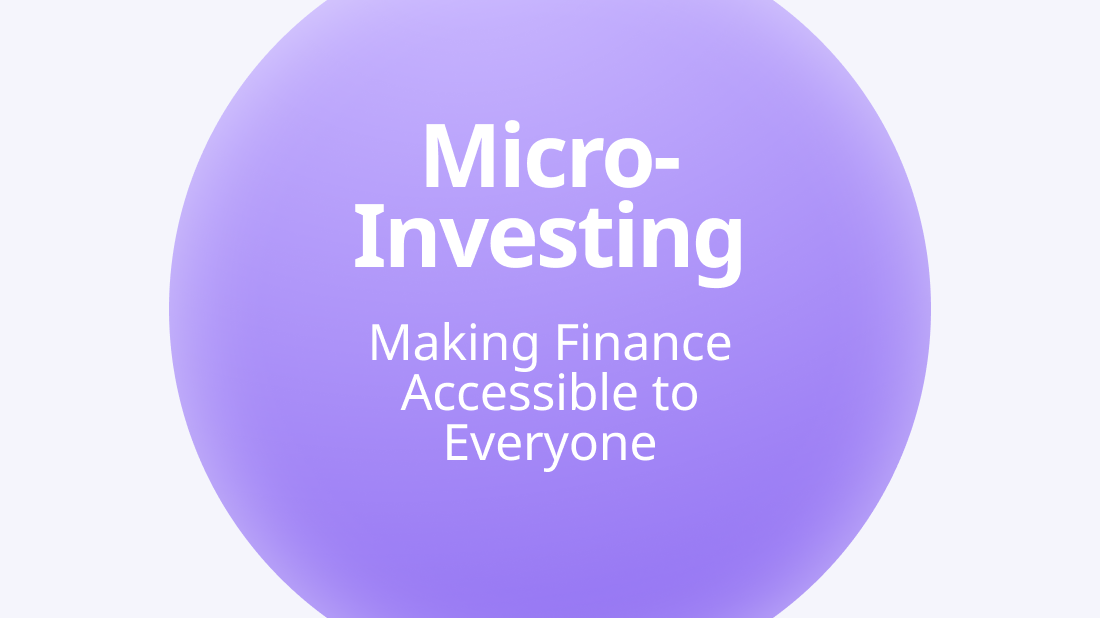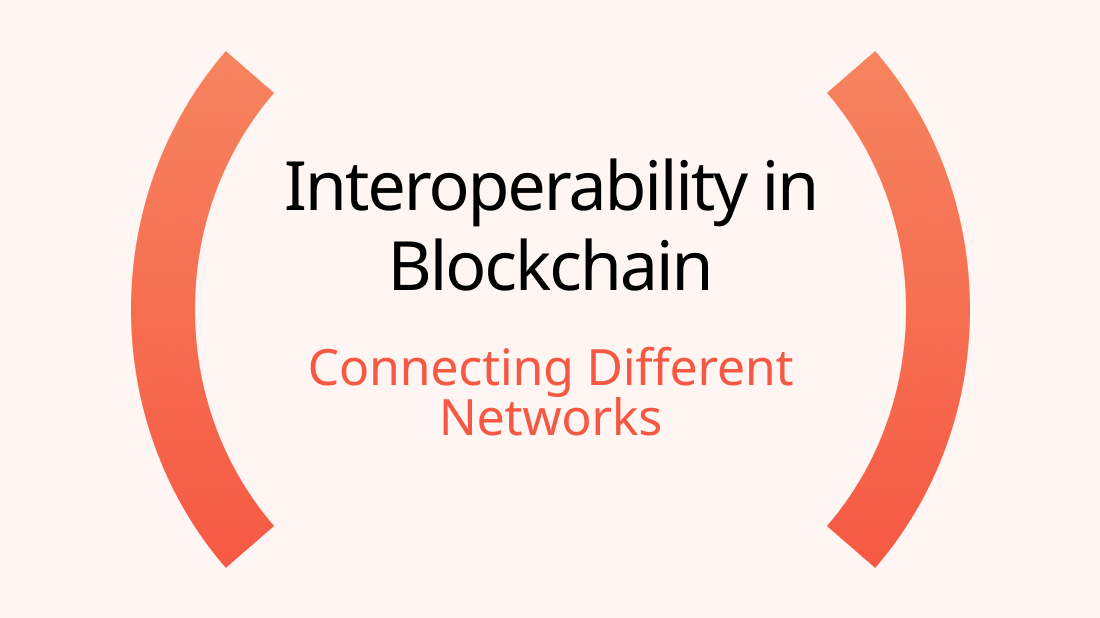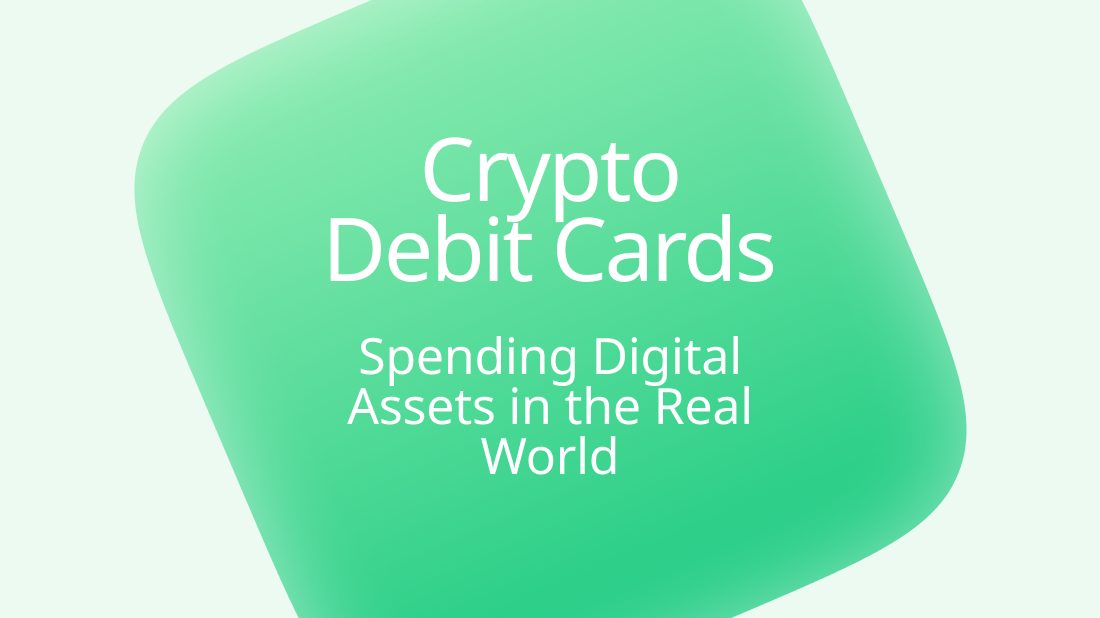Micro-Investing: Making Finance Accessible to Everyone

In recent years, micro-investing has emerged as a transformative trend in the financial landscape, democratizing access to investment opportunities. By enabling individuals to invest small amounts of money, micro-investing platforms are breaking down traditional barriers to entry and making finance accessible to everyone. This article explores the concept of micro-investing, highlights innovative platforms leveraging blockchain technology, and discusses the broader implications for financial inclusion.
What is Micro-Investing?
Micro-investing refers to the practice of investing small sums of money, often as little as a few dollars, into various financial instruments such as stocks, bonds, or real estate. Unlike traditional investing, which typically requires significant capital, micro-investing platforms allow users to start with minimal funds, making it possible for individuals from diverse economic backgrounds to participate in the financial markets.
The Mechanics of Micro-Investing
Fractional Ownership
One of the key features of micro-investing is fractional ownership. This means that instead of buying whole shares of a stock or an entire property, investors can purchase a fraction of these assets. For example, if a single share of a high-value stock is priced at $1,000, a micro-investing platform might allow an individual to invest $10 and own 1% of that share. This fractional ownership model lowers the entry threshold and makes high-value assets accessible to small-scale investors.
Automated Investing
Many micro-investing platforms offer automated investing options, where users can set up recurring investments of small amounts. These platforms use algorithms to allocate funds across a diversified portfolio based on the investor's risk tolerance and financial goals. This automation simplifies the investment process and encourages consistent investing habits, even for those with limited financial knowledge.
Benefits of Micro-Investing
Democratizing Finance
Micro-investing is a powerful tool for democratizing finance. By lowering the barriers to entry, it provides opportunities for individuals from all economic backgrounds to participate in the financial markets. This inclusivity is crucial for promoting financial literacy and wealth-building across diverse populations.
Encouraging Saving and Investing Habits
Micro-investing platforms often incorporate features that encourage consistent saving and investing habits. Automated investment options and round-up features make it easy for users to invest small amounts regularly, fostering a culture of financial responsibility and long-term wealth accumulation.
Diversification and Risk Management
Micro-investing platforms typically offer diversified portfolios, which help mitigate risk. By spreading investments across various asset classes and industries, these platforms reduce the impact of market volatility on individual investors. This diversification is particularly beneficial for novice investors who may not have the expertise to build a balanced portfolio on their own.
Challenges and Considerations
Limited Returns
While micro-investing makes finance accessible, the returns on small investments can be limited. The growth potential of fractional ownership is proportional to the amount invested, meaning that significant wealth accumulation may require a longer time horizon or additional contributions.
Platform Fees
Some micro-investing platforms charge fees that can eat into the returns on small investments. It's important for users to understand the fee structures and evaluate whether the benefits of the platform justify the costs.
Regulatory Concerns
As with any financial service, micro-investing platforms are subject to regulatory scrutiny. Ensuring that these platforms operate transparently and protect user funds is critical for maintaining investor confidence and promoting sustainable growth in the industry.
The Future of Micro-Investing
The rise of micro-investing signals a broader shift towards inclusive finance. As technology continues to evolve, we can expect further innovations that enhance accessibility, transparency, and efficiency in the investment landscape. Blockchain technology, in particular, holds promise for expanding micro-investing opportunities by enabling seamless fractional ownership and secure, transparent transactions.
Conclusion
Micro-investing represents a significant step towards financial empowerment for individuals who may have previously been excluded from the investment world. By lowering the barriers to entry and providing accessible, user-friendly platforms, micro-investing is helping to democratize finance and promote financial inclusion. As more people embrace small-scale investing, we move closer to a future where everyone has the opportunity to build wealth and achieve financial security.
Micro-investing, with its emphasis on fractional ownership, automated investing, and accessible platforms, is reshaping the financial landscape. It offers a gateway to investment for those with limited resources, fostering a more inclusive and equitable financial system. As technology and innovation continue to drive this trend, micro-investing will play a crucial role in empowering individuals to take control of their financial futures.












